Rising Population and Urbanization
The Septic Tanks Market is experiencing growth due to rising population levels and urbanization trends. As more people migrate to urban areas, the demand for effective wastewater management solutions increases. In many regions, traditional sewage systems are unable to accommodate the growing population, leading to a greater reliance on septic tanks. According to recent data, the number of households relying on septic systems is expected to rise significantly in the coming years. This trend is particularly evident in suburban and rural areas where centralized sewage systems are not feasible. Consequently, the Septic Tanks Market is likely to expand as manufacturers develop innovative septic solutions to cater to the needs of these growing populations.
Economic Growth and Infrastructure Development
Economic growth and infrastructure development are significant drivers of the Septic Tanks Market. As economies expand, there is a corresponding increase in construction activities, particularly in residential and commercial sectors. This growth often necessitates the installation of septic systems, especially in areas where centralized sewage systems are inadequate. The demand for new housing and commercial properties is likely to propel the need for septic tanks, as developers seek efficient wastewater management solutions. Furthermore, government investments in infrastructure projects can lead to increased demand for septic systems in rural and underserved areas. Consequently, the Septic Tanks Market is poised for growth as economic conditions improve and infrastructure projects advance.
Regulatory Compliance and Environmental Standards
The Septic Tanks Market is increasingly influenced by stringent regulatory compliance and environmental standards. Governments are implementing more rigorous regulations to ensure that wastewater management systems, including septic tanks, meet specific environmental criteria. This trend is likely to drive demand for advanced septic tank solutions that comply with these regulations. For instance, the introduction of eco-friendly materials and technologies in septic tank manufacturing is becoming essential. As a result, companies in the Septic Tanks Market are investing in research and development to create products that not only meet regulatory requirements but also promote sustainability. The market is projected to grow as more regions adopt these regulations, leading to an increased need for compliant septic systems.
Technological Advancements in Wastewater Treatment
Technological advancements are playing a pivotal role in shaping the Septic Tanks Market. Innovations in wastewater treatment technologies, such as advanced filtration systems and aerobic treatment units, are enhancing the efficiency and effectiveness of septic tanks. These technologies not only improve the treatment process but also reduce the environmental impact of septic systems. The integration of smart technologies, such as monitoring systems that provide real-time data on tank performance, is becoming increasingly popular. This trend indicates a shift towards more efficient and user-friendly septic solutions. As these technologies continue to evolve, the Septic Tanks Market is expected to witness substantial growth, driven by the demand for more effective and sustainable wastewater management solutions.
Increased Awareness of Environmental Sustainability
The Septic Tanks Market is benefiting from a growing awareness of environmental sustainability among consumers and businesses. As individuals become more conscious of their ecological footprint, there is a rising demand for septic systems that minimize environmental impact. This trend is prompting manufacturers to develop septic tanks that utilize sustainable materials and energy-efficient technologies. Additionally, the emphasis on reducing pollution and protecting water resources is leading to increased investment in environmentally friendly septic solutions. The market is likely to expand as more consumers seek out septic systems that align with their sustainability goals, thereby driving innovation and competition within the Septic Tanks Market.


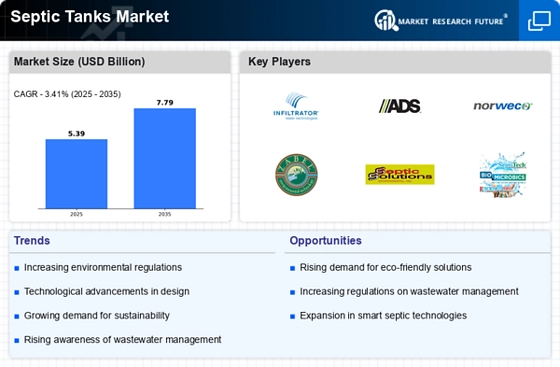
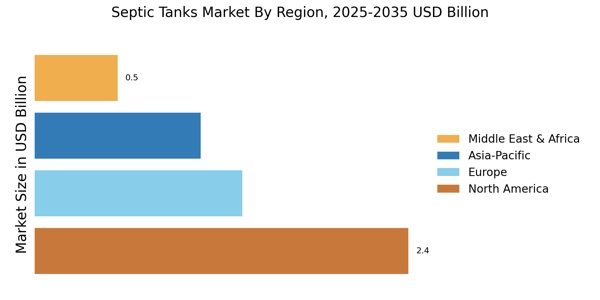
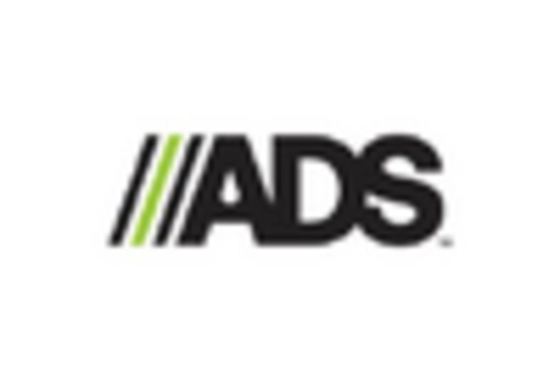

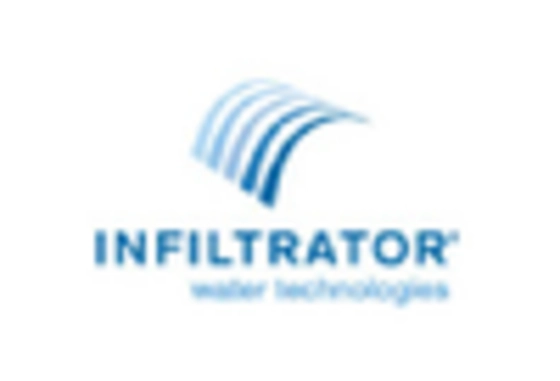
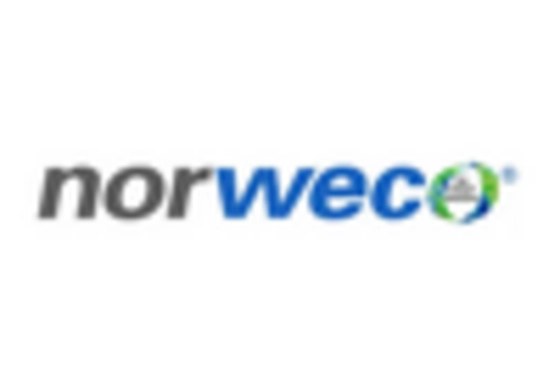

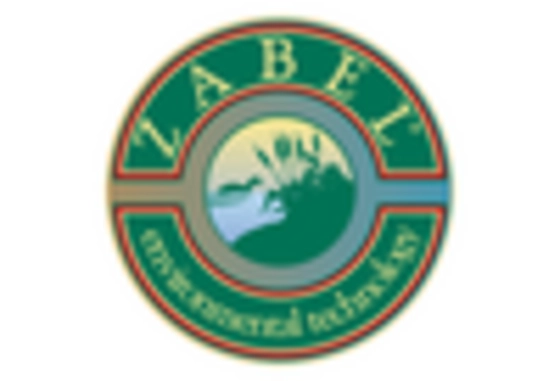








Leave a Comment